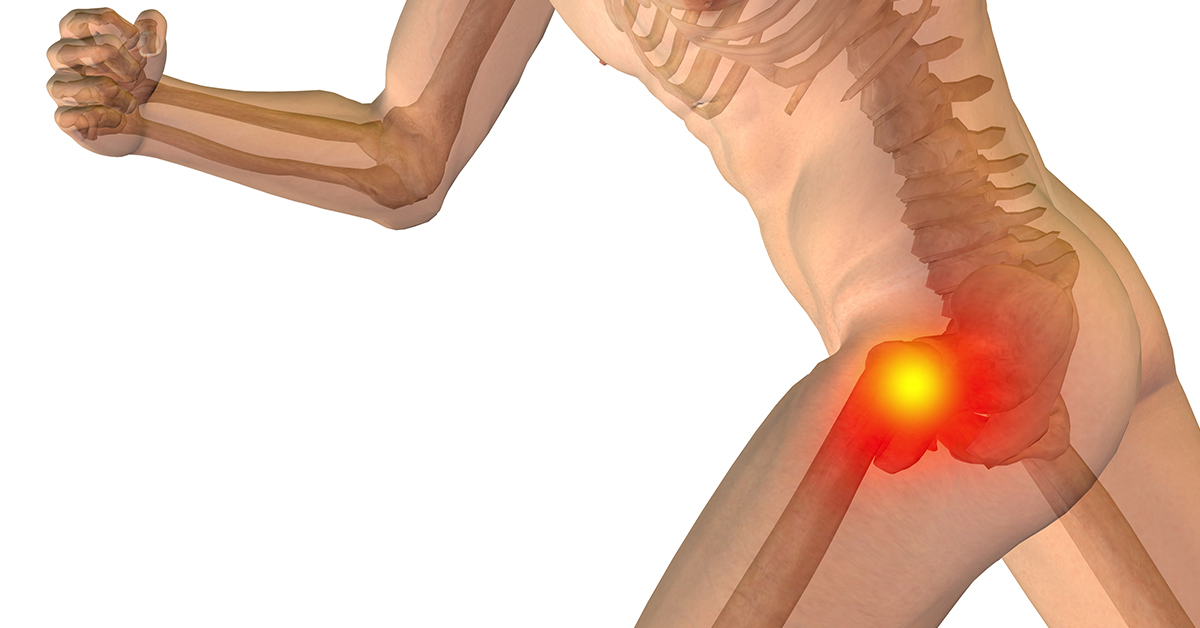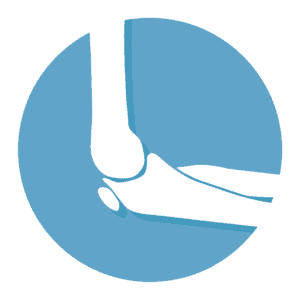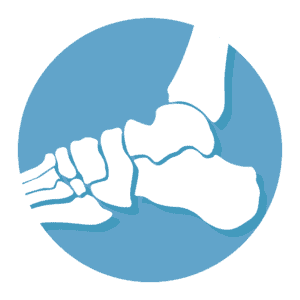In today’s article, you’ll learn about a procedure used to see inside of your hip joint using a tiny camera

What is Hip Arthroscopy?
Hip arthroscopy is a procedure used to determine the location or extent of disorders or damage in the hip. This is accomplished through the insertion of an arthroscope, which is a small camera, into your hip joint. The arthroscope transmits images of the inside of your hip joint, so your doctor can see them on a monitor during the procedure.
Who needs Hip Arthroscopy?
This procedure may be used to diagnose a disease or disorder of the hip. It may also be used to determine the extent or severity of damage to the bones, ligaments, muscles, tendons, or cartilage of the hip joint.
What are the steps in Hip Arthroscopy?
Preparing for the Procedure
Once you're been placed in a position that gives the doctor clear access to the front of your hip, that area is made clean and sterile. A local anesthetic will be used to numb the area. You will be given a sedative to relax you during the procedure, but it some cases general anesthesia is administered.
Gaining Access to the Hip
Your surgeon will make two to five small incisions near the sides and front of your hip. Surgical tools, including the arthroscopic camera, are inserted through these incisions.
Examining the Hip Joint
In order to provide a clearer picture from the arthroscope, the surgeon will expand the hip joint by injecting fluid around it. Once a clearer picture has been obtained, the joint will be examined carefully for signs of damage or other issues.
Repairing the Joint
Once damage has been assessed, your surgeon may use arthroscopic tools to remove damaged or loose cartilage or to shave down bone spurs. Other procedures may be required, depending on the severity of damage found in the hip.
Ending the Procedure
The surgeon will then remove all tools and close any incisions made with surgical staples or sutures. The hip will then be bandaged.
After Surgery
This procedure is usually performed on an outpatient basis, so you may be able to leave the same day. Pain relievers will be given to you.








